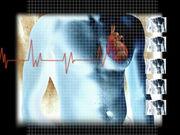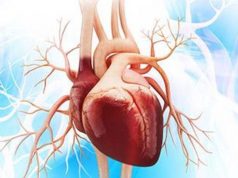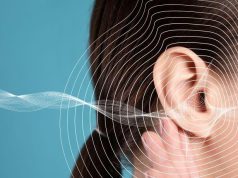CT angio + perfusion imaging similar to ICA, photon emission CT for two-year MACE prediction
WEDNESDAY, March 15, 2017 (HealthDay News) — Computed tomography (CT) angiography and CT myocardial stress perfusion imaging have similar prediction of two-year major adverse cardiovascular events (MACE) as combined invasive coronary angiography (ICA) and stress single photon emission CT myocardial perfusion imaging, according to a study published online March 14 in Radiology.
Marcus Y. Chen, M.D., from the U.S. National Institutes of Health in Bethesda, Md., and colleagues compared the prognostic importance of combined CT angiography and CT myocardial stress perfusion imaging with combined ICA and stress single photon emission CT myocardial perfusion imaging for 381 patients clinically referred for ICA.
The researchers found that 51 of 379 patients (13.5 percent) had a MACE. The two-year MACE-free rates were 94 percent negative for coronary artery disease (CAD) versus 82 percent positive for CAD for combined CT angiography and CT perfusion findings. These values were similar to combined ICA and single photon emission CT findings of 93 percent negative for CAD versus 77 percent positive for CAD (both P < 0.001). For the identification of MACE at two-year follow-up, the area under the receiver operating characteristic curve was similar for combined CT angiography and CT perfusion and for combined ICA and single photon emission CT (68 and 71, respectively; P = 0.36).
“Combined CT angiography and CT perfusion enables similar prediction of two-year MACE, late MACE, and event-free survival similar to that enabled by ICA and single photon emission CT,” the authors write. “A purely noninvasive anatomic and physiologic assessment via CT angiography and myocardial perfusion is adequate to identify patients with a MACE at two-year follow-up in symptomatic patients suspected of having CAD.”
Several authors disclosed financial ties to medical device companies, including Toshiba Medical Systems.
Copyright © 2017 HealthDay. All rights reserved.








